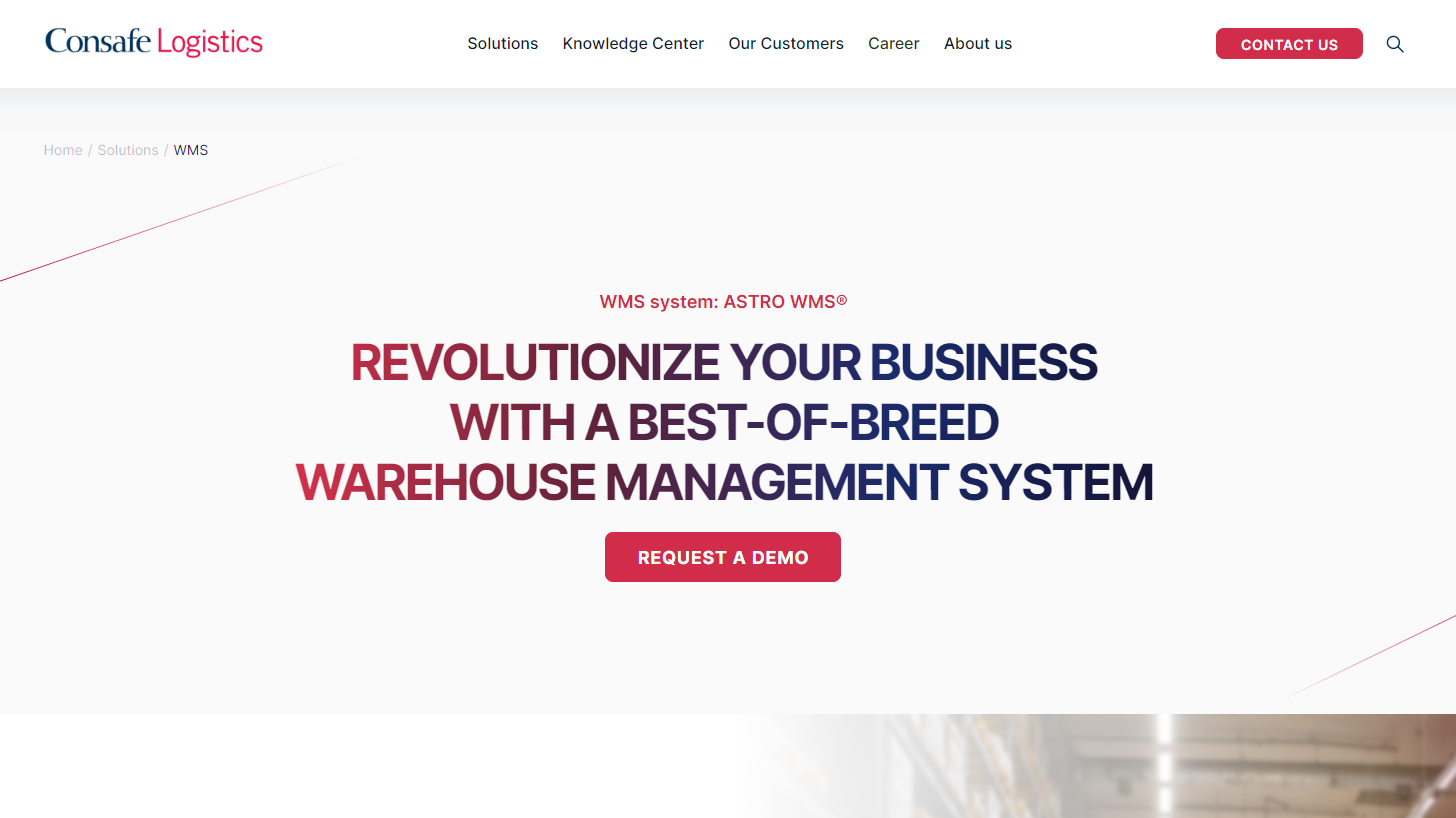The Role of WMS in Sustainable Logistics
The role of WMS in sustainable logistics is substantial. With warehouse management systems, it’s possible to optimize the whole route a product goes through, from the moment it arrives at your facility to the moment it’s sent to the customer. In this article, we will explore the impact of WMS on sustainability; therefore, we encourage you to read it if it’s a topic of your interest.
WMS Definition in a Nutshell
Let’s start by explaining what a warehouse management system (WMS) is.
A warehouse management system is software designed for process optimization in a warehouse. As an application, it is utilized to create the most optimal workflow due to automated, data-driven decision-making.
WMS is the highest level of development in a facility as it uses deep learning and data from other systems (like WCS) to constantly adapt and learn. It is applied to the whole workflow and decision-making in a given warehouse – receiving, putaway, stocktaking, replenishment, picking, packing, loading, dispatch, and reporting. As such, it doesn’t only optimize processes – a WMS is also capable of forecasting and making predictions required to make decisions (for instance: which items to restock or which element of the chain might be vulnerable during a sales peak).
WMS for Sustainability
After this short introduction, we may proceed with explaining the role of WMS in sustainability. For that, we shall take a look at several use cases, benefits, or features that lead to more environmentally friendly warehouses.
Process optimization – The first argument for WMS as a way to sustainable warehouse management is its optimization. The more efficient the processes are, the lower your energy usage, the less CO2 is produced by your machinery, and the fewer employees need to commute to your warehouse every day, producing a carbon footprint.
Warehouse conditions – Cooling, air ventilation, lighting: all of these generate costs and use up energy, thus leading to higher carbon emissions. With a WMS, you can control these aspects as well. The conditions within your warehouse can be adjusted based on the number of employees in a particular area and based on the conditions outside, all of that being done automatically, letting you reach such a low energy-consumption level that you wouldn’t be able to achieve otherwise.
Wider plethora of shipment methods – Having an optimized warehouse enables your partners to opt for more eco-friendly shipping methods, like cross-docking. This particular strategy requires top-notch coordination and optimization, but it, and many other methods, can be implemented with the use of WMS. A system like this gives you versatility that you can use to cut down your negative impact on the environment.
The Takeaway
A WMS, or a warehouse management system, is a type of software that won’t only help you boost the workflow in your facility but also make it more eco-friendly. Due to improved optimization, both in terms of processes and warehouse conditions, along with the flexibility that these systems provide you with, you can achieve a new level of sustainability and build a better future for our planet.

Leave a Reply